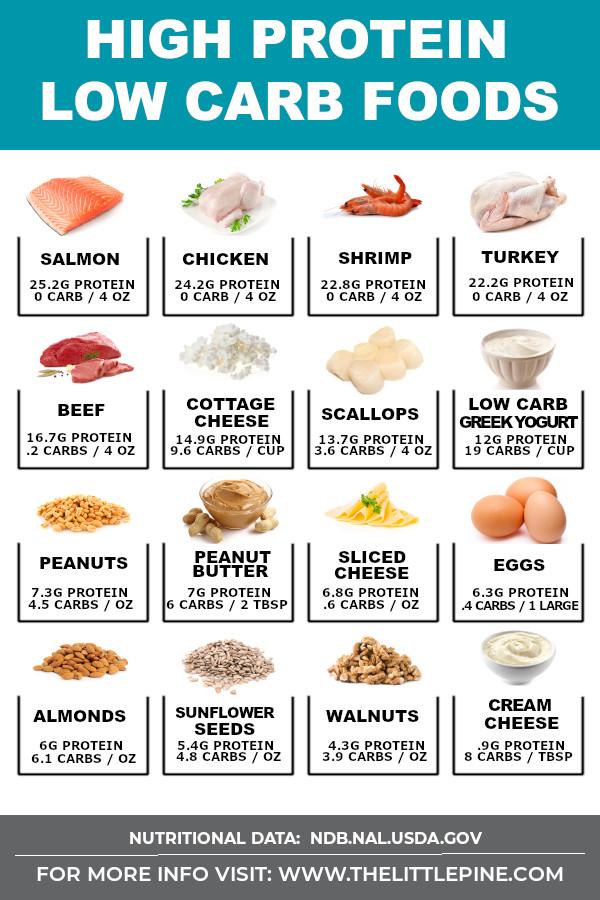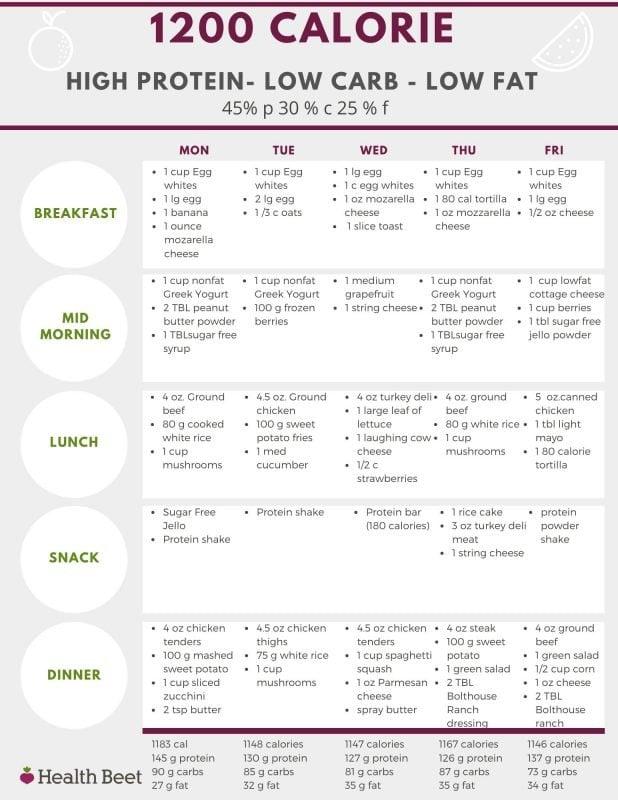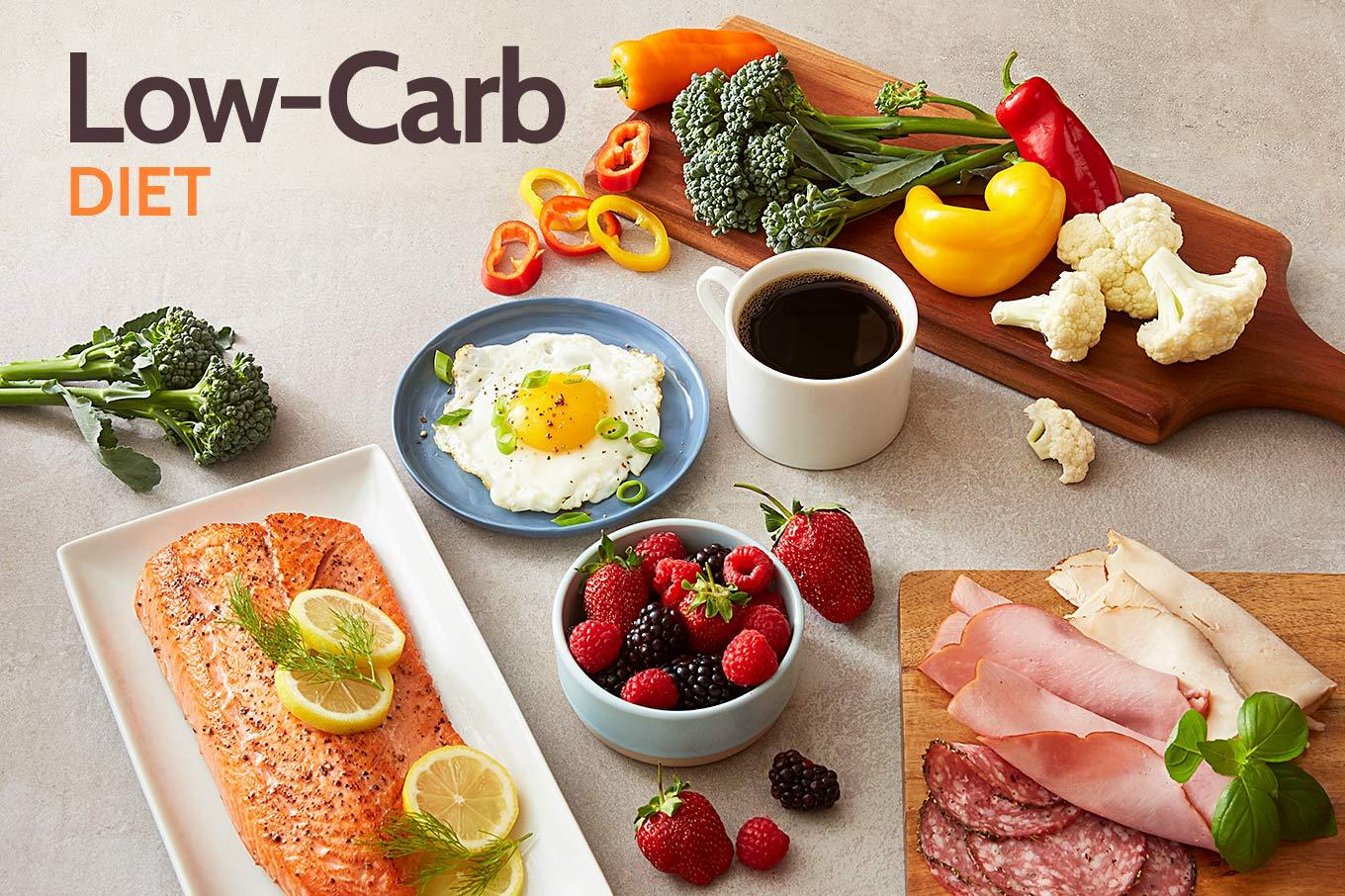In the ever-evolving landscape of dietary strategies for weight management, low-carb eating has emerged as a formidable contender, backed by a growing body of scientific research and anecdotal success stories. As individuals increasingly seek effective and sustainable solutions for weight loss, understanding the mechanics and benefits of a low-carb diet becomes paramount. This article aims to provide a comprehensive analysis of how to embark on a low-carb eating plan, tailored for those committed to achieving their weight loss goals. By examining the fundamental principles, potential benefits, and common pitfalls associated with low-carb eating, we offer a clear roadmap for those ready to make informed dietary choices. With a confident grasp of the underlying science and practical strategies, you will be equipped to harness the power of low-carb eating to transform your weight loss journey.
Understanding the Basics of Low Carb Diets
Low carb diets focus on reducing carbohydrate intake, typically to less than 50 grams per day, to help the body burn fat more effectively. This dietary approach is rooted in the science of ketosis, where the body, deprived of its usual glucose fuel, begins to break down fat for energy. The transition can initially feel challenging, but the benefits often include weight loss, improved blood sugar levels, and increased energy. Understanding the basic principles can set you on the right path to success.
- Limit Sugary Foods: Avoid sweets, sodas, and sugary snacks that can quickly derail your efforts.
- Choose Whole Grains Sparingly: While grains like oats and brown rice are healthier than their refined counterparts, they should be consumed in moderation.
- Prioritize Vegetables: Non-starchy vegetables like leafy greens, broccoli, and peppers are excellent for their low carb content and high nutritional value.
- Include Healthy Fats: Avocados, nuts, seeds, and olive oil can be satisfying and help maintain energy levels.
- Opt for Protein: Lean meats, fish, and eggs can help preserve muscle mass while losing weight.
Adopting a low carb diet requires a strategic approach to food selection and meal planning. By focusing on nutrient-dense foods and understanding the body’s response to carbohydrate reduction, individuals can tailor their eating habits to support weight loss and overall health.

Choosing the Right Foods for Optimal Results
Embarking on a low-carb journey can seem daunting, but selecting the right foods can set the stage for success. Prioritize whole, unprocessed foods that are naturally low in carbohydrates. This includes a variety of non-starchy vegetables such as spinach, kale, and broccoli, which not only provide essential nutrients but also add volume to your meals without the extra carbs. Lean proteins like chicken, fish, and tofu can keep you feeling full and satisfied, while healthy fats such as avocados, nuts, and olive oil offer the energy needed to sustain your body throughout the day.
- Leafy Greens: Spinach, Kale, Arugula
- Cruciferous Vegetables: Broccoli, Cauliflower, Brussels Sprouts
- Proteins: Chicken, Fish, Tofu
- Healthy Fats: Avocados, Nuts, Olive Oil
It’s crucial to be mindful of portion sizes and to listen to your body’s hunger cues. Incorporating a diverse range of these nutrient-dense foods can help you maintain a balanced diet while keeping your carbohydrate intake in check. Remember, consistency is key, and choosing foods that you enjoy will make this lifestyle more sustainable in the long run.

Crafting a Balanced Low Carb Meal Plan
Creating a low carb meal plan that satisfies nutritional needs while aiding in weight loss requires a strategic approach. The key is to focus on nutrient-dense foods that keep you full and energized throughout the day. Consider incorporating a variety of proteins, healthy fats, and fibrous vegetables to maintain balance and prevent monotony. Proteins such as chicken, fish, eggs, and tofu should be the cornerstone of your meals, as they are essential for muscle repair and metabolic function.
- Healthy Fats: Integrate sources like avocados, nuts, and olive oil to enhance flavor and satiety.
- Fibrous Vegetables: Broccoli, spinach, and zucchini are excellent choices that provide essential vitamins without excess carbs.
- Meal Timing: Space out your meals to avoid energy dips, and consider intermittent fasting if it aligns with your lifestyle.
By thoughtfully combining these elements, you can craft a low carb meal plan that not only supports weight loss but also promotes overall health. Remember, flexibility is key, so adjust portion sizes and food choices to suit your individual preferences and goals.

Monitoring Progress and Adjusting Your Strategy
Embarking on a low carb eating journey for weight loss requires not only initial planning but also ongoing evaluation and flexibility. To effectively track your progress, consider setting measurable goals such as weekly weight targets, daily carbohydrate intake, or even improvements in energy levels. Utilize digital tools or a simple journal to log your meals and snacks, noting any patterns or changes in your physical and emotional well-being. This data will be invaluable in identifying what’s working and what might need tweaking.
Adapting your strategy is crucial as you gather insights. If weight loss stalls, it might be beneficial to reassess your carb threshold or the quality of carbs consumed. Ask yourself: Are you indulging in too many low-carb processed foods? Are your portions creeping up? Consider these adjustments:
- Increase intake of whole foods like leafy greens and lean proteins.
- Experiment with intermittent fasting to boost metabolism.
- Incorporate more physical activity into your routine.
Stay flexible and open to change; the key to success is a strategy that evolves with your body and lifestyle.
